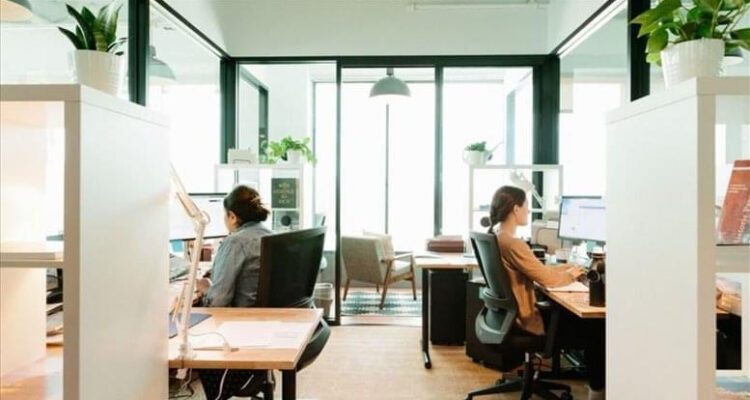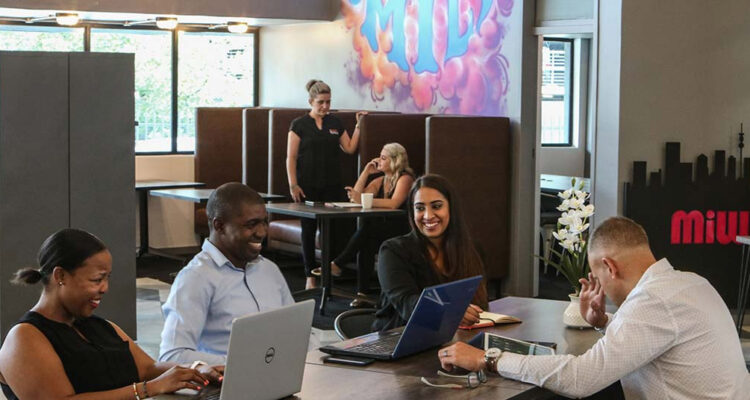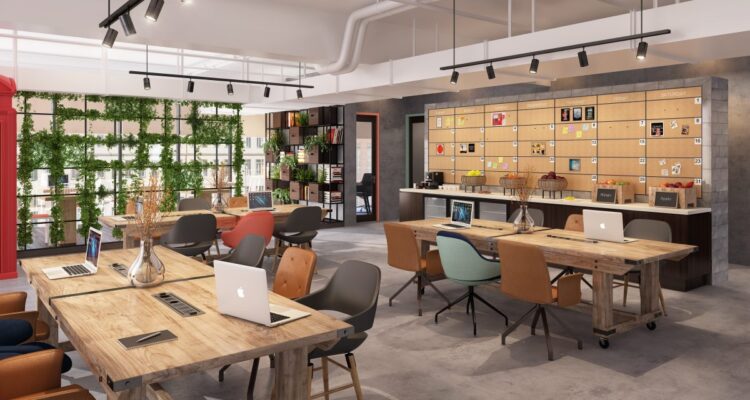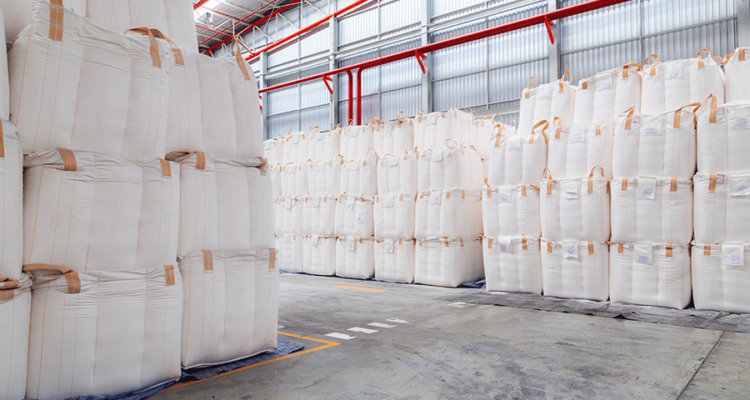Co-location fosters collaboration and creativity. It also develops the organization by sharing knowledge. Indeed, it increases informal interactions, reduces misunderstandings, and tightens bonds between teams. In this setting, knowledge transfer speeds up. Cross-functional teamwork ignites and sparks innovation. Co-location sparks innovation by enabling easy access to idea-sharing sessions. These sessions spark new ideas and boost morale through socializing. They create a sense of belonging. To get the most from co-location, an organization should:
- Structure collaborative spaces.
- Support an open culture.
- Integrate effective communication tools.
- Organize team-building activities.
A mix of co-location like Taipei conference room rental could provide work flexibility. It would avoid issues like noise and a lack of private space. Monitoring KPIs, employee surveys, and experiments can boost success. They create a dynamic, interactive environment.
Balancing Collaboration with Privacy in Offices
Open office design has benefits and drawbacks. It can foster unplanned interactions, knowledge sharing, creativity, and camaraderie. However, noise, distractions, and lack of privacy can reduce focus and productivity. Noise can also cause stress and increase the spread of illness. Organizations can improve open offices by adding acoustic treatments. They should balance spaces and set rules. Technology like noise-canceling headphones and virtual meeting tools can help. Collaborative spaces, biophilic design, activity-based work, and smart tech can make work better.
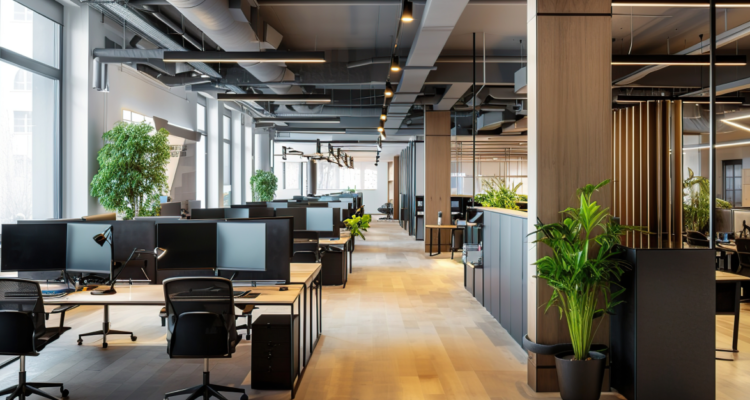
Designing Spaces That Boost Well-Being
Social spaces like break rooms and lounges improve the work atmosphere. They offer venues for informal interaction, stress relief, and team bonding. These spaces improve morale, collaboration, and job satisfaction. Social spaces help workers recharge and chat. This reduces stress and boosts creativity. They help team cohesion and a positive company culture. This attracts and retains talent. Comfortable seating, Wi-Fi, snacks, and aesthetic elements make these spaces multifunctional. Team-building activities, recognition, and work-life balance support the company culture. Biophilic design, flexible furniture, music, and scents can enhance these spaces. By observing usage, gathering feedback, and measuring productivity, organizations can refine these spaces. This will foster creativity, collaboration, and well-being.
Encouraging Innovation Through Spontaneous Interactions
Unplanned interactions are valuable for innovation, creativity, and personal growth. Casual meetings and chance encounters in shared spaces can spark new ideas. They can also boost morale and improve relationships. Organizations can encourage these encounters by creating shared spaces. These include central hubs, breakout rooms, and outdoor areas. Cafeterias, wellness centers, and recreational spaces can also foster chance encounters. A company culture that supports conviviality, flextime, and team-building activities also helps. More sophisticated strategies include “serendipity corridors” and located coffee stations. Virtual tools can facilitate serendipitous interactions remotely.
- 建立協作工作場所:成功的關鍵策略
協同辦公可以促進協作和創造力。它還透過共享知識來發展組織。事實上,它增加了非正式的互動,減少了誤解,並加強了團隊之間的連結。在這種情況下,知識移轉速度加快。跨職能團隊合作點燃並激發創新。協同辦公可以輕鬆參加想法分享會議,從而激發創新。這些會議透過社交激發新想法並鼓舞士氣。他們創造一種歸屬感。為了充分利用託管,組織應該:
- 建構協作空間。
- 支持開放文化。
- 整合有效的溝通工具。
4、組織團隊建立活動。
混合託管,例如 台北會議室租借 可以提供工作彈性。它將避免噪音和缺乏私人空間等問題。監控 KPI、員工調查和實驗可以促進成功。他們創造了一個動態的、互動的環境。
在辦公室中平衡協作與隱私
開放式辦公室設計有優點也有缺點。它可以促進計劃外的互動、知識共享、創造力和友誼。然而,噪音、幹擾和缺乏隱私會降低注意力和生產力。噪音也會造成壓力並增加疾病的傳播。組織可以透過添加聲學處理來改善開放式辦公室。他們應該平衡空間並製定規則。降噪耳機和虛擬會議工具等技術可以提供幫助。協作空間、親生命設計、基於活動的工作和智慧技術可以讓工作變得更好。
設計提升幸福感的空間
休息室和休息室等社交空間改善了工作氛圍。它們提供非正式互動、緩解壓力和增強團隊凝聚力的場所。這些空間可以提高士氣、協作和工作滿意度。社交空間幫助員工充電和聊天。這可以減輕壓力並提高創造力。它們有助於團隊凝聚力和積極的公司文化。這吸引並留住了人才。舒適的座椅、Wi-Fi、小吃和美學元素使這些空間具有多功能性。團隊建立活動、認可和工作與生活的平衡支持公司文化。親自然的設計、靈活的家具、音樂和氣味可以增強這些空間的美感。透過觀察使用情況、收集回饋和衡量生產力,組織可以完善這些空間。這將促進創造力、協作和幸福感。
透過自發互動鼓勵創新
計劃外的互動對於創新、創造力和個人成長很有價值。共享空間中的休閒會議和偶遇可以激發新想法。它們還可以提高士氣並改善人際關係。組織可以透過創造共享空間來鼓勵這些相遇。其中包括中央樞紐、分組討論室和室外區域。自助餐廳、健康中心和娛樂場所也可以促進偶遇。支持歡樂、彈性工作時間和團隊建立活動的公司文化也有幫助。更複雜的策略包括「意外發現走廊」和定位咖啡站。虛擬工具可以促進遠端偶然的互動。
